
DEEP INTO THE COMMUNITY
Black Diamond Athlete Angela Hawse is a guide for change.
You're eligible for Free Shipping!
$0.00 USD
Before any piece of Black Diamond gear makes it on to the shelves, it spends months, sometimes years getting put through the wringer by our Director of Quality, Kolin Powick, and his team of Quality Assurance engineers. Through extensive and meticulous testing, both in the lab and in the field, KP and his team help ensure that you can count on your BD gear to be as durable, reliable and as strong as possible every time you head into the mountains or out to the crags.

Climber on belay
A few weeks ago I was at a local sport climbing cliff when one of my buddies came up and asked if I would mind him posing a "technical-sciency-engineering-like-type-question." He wanted to know why each fall he took while working his "proj" felt progressively more painful. I mentioned the old adage from Freedom of the Hills as well as numerous climbing magazines about letting your rope 'rest' between harsh falls, or even switching ends before trying that crux move again. This of course is to reduce the loads experienced, which can become especially critical when climbing on sketchy gear. The rope is the number-one piece that helps absorb energy in the system by elongating—and like stretching an elastic, it needs time to relax between loading scenarios so that it can absorb the maximum amount of energy the next time. My friend looked at me, obviously not having a clue what I was talking about.



He went on to ask if there was anything else he could do to reduce the pain his kidneys feel, and minimize the load the gear sees. My smartass answer was don't fall. No fall equals no load. But on top of that: ensure a dynamic belay, use a cord with high elongation, loosen your knot slightly after each fall (as the knot absorbs energy by tightening during a fall), let the rope rest between attempts, and use nylon slings and quickdraws which absorb a bit more energy than spectra/Dyneema (which doesn't stretch).
To try to put some numbers to it, myself and a few of the QA engineering guys and gals dreamt up a quick test plan and headed down to the drop tower for an afternoon. We figured we'd try to see what the difference in loads seen on the top piece of protection were when:



Follow BD Athlete Yannick Glatthard deep into the Swiss Alps as he shares his home...
Follow BD Athlete Yannick Glatthard deep into the Swiss Alps as he shares his home mountains with close friends.

Follow Dorian Densmore and Mya Akins for another winter season of steep Alaskan spines, backyard...
Follow Dorian Densmore and Mya Akins for another winter season of steep Alaskan spines, backyard couloirs, and deep adventures in the mountains.
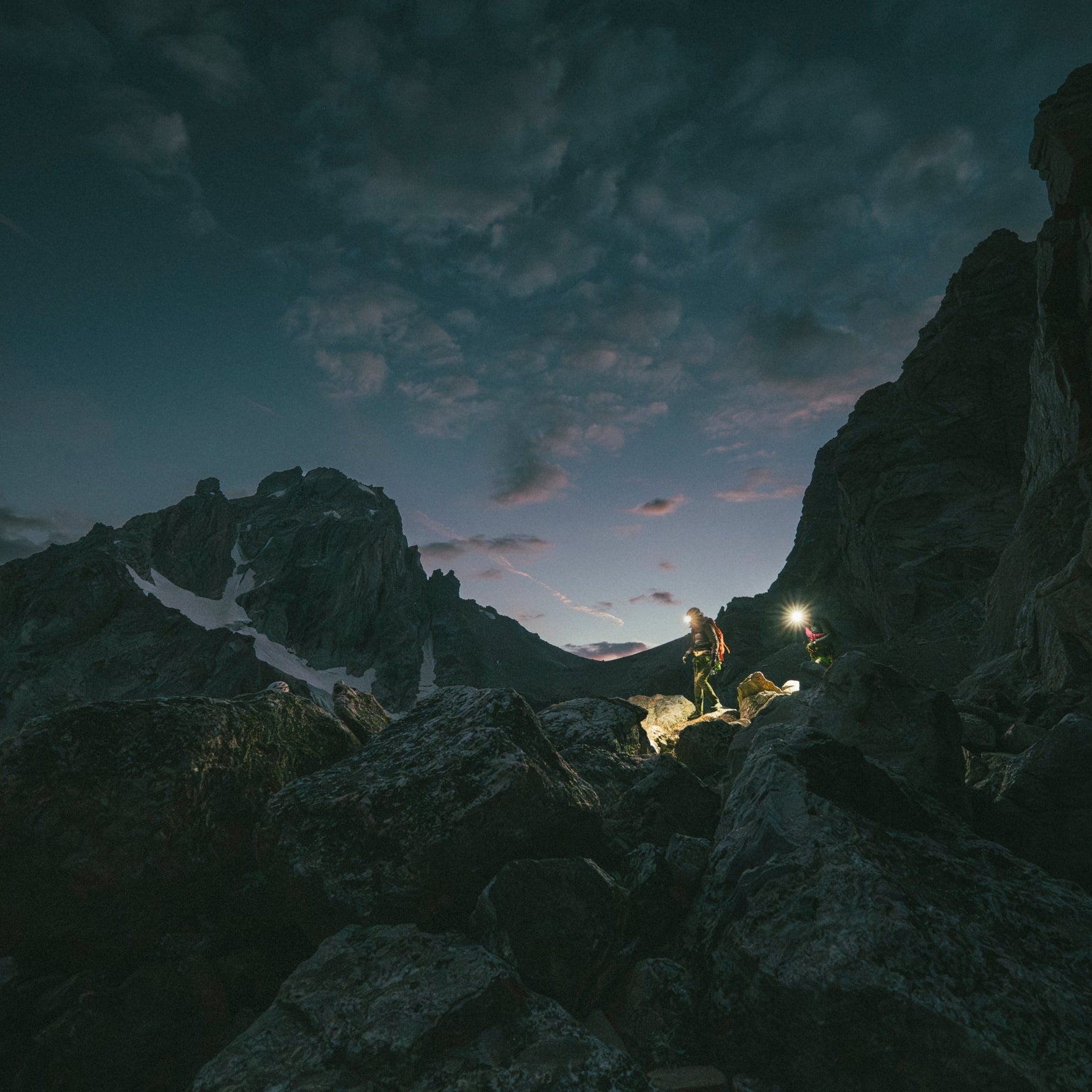
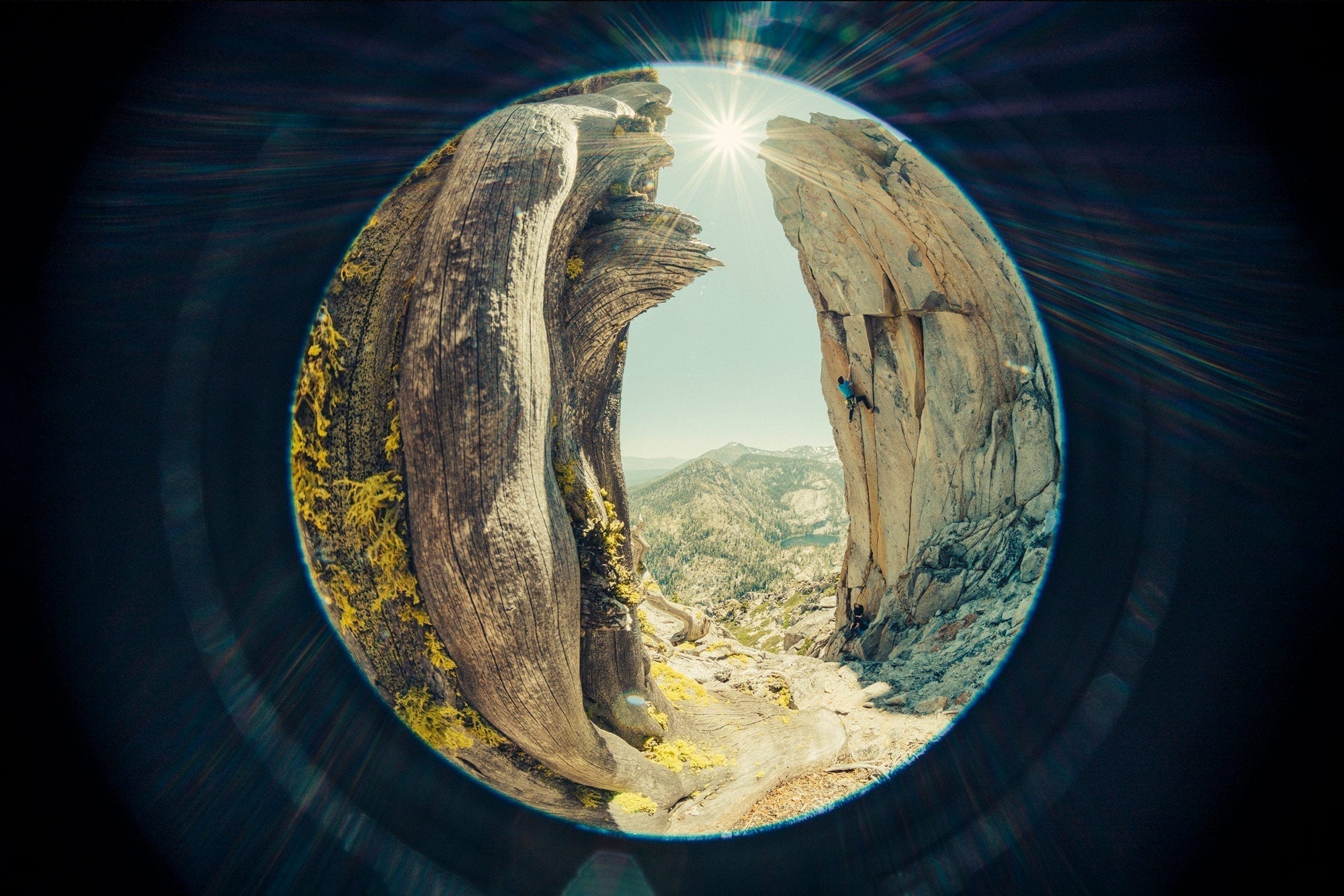
Watch BD Athlete Alex Honnold throw down on some hard trad high above Tahoe.
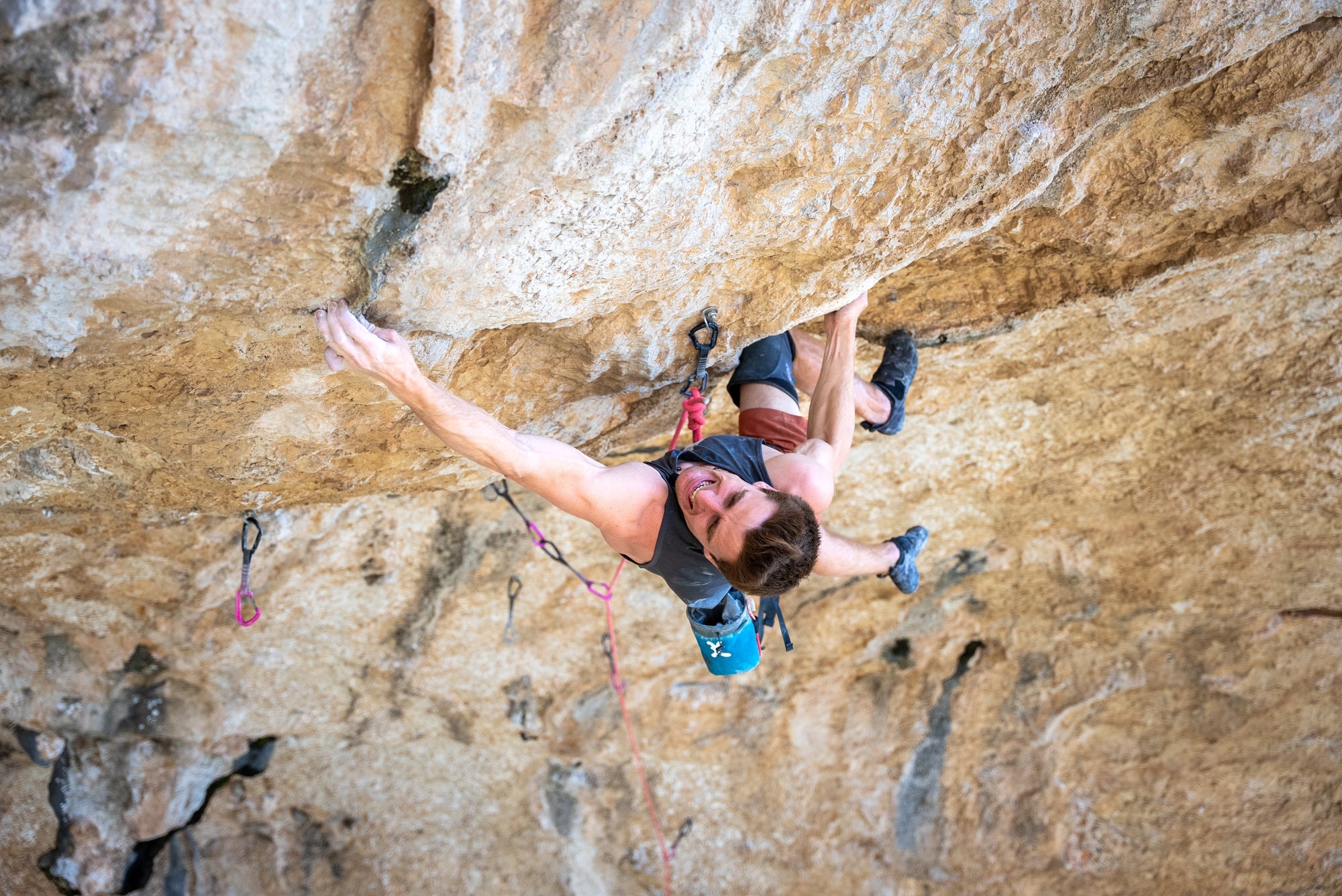
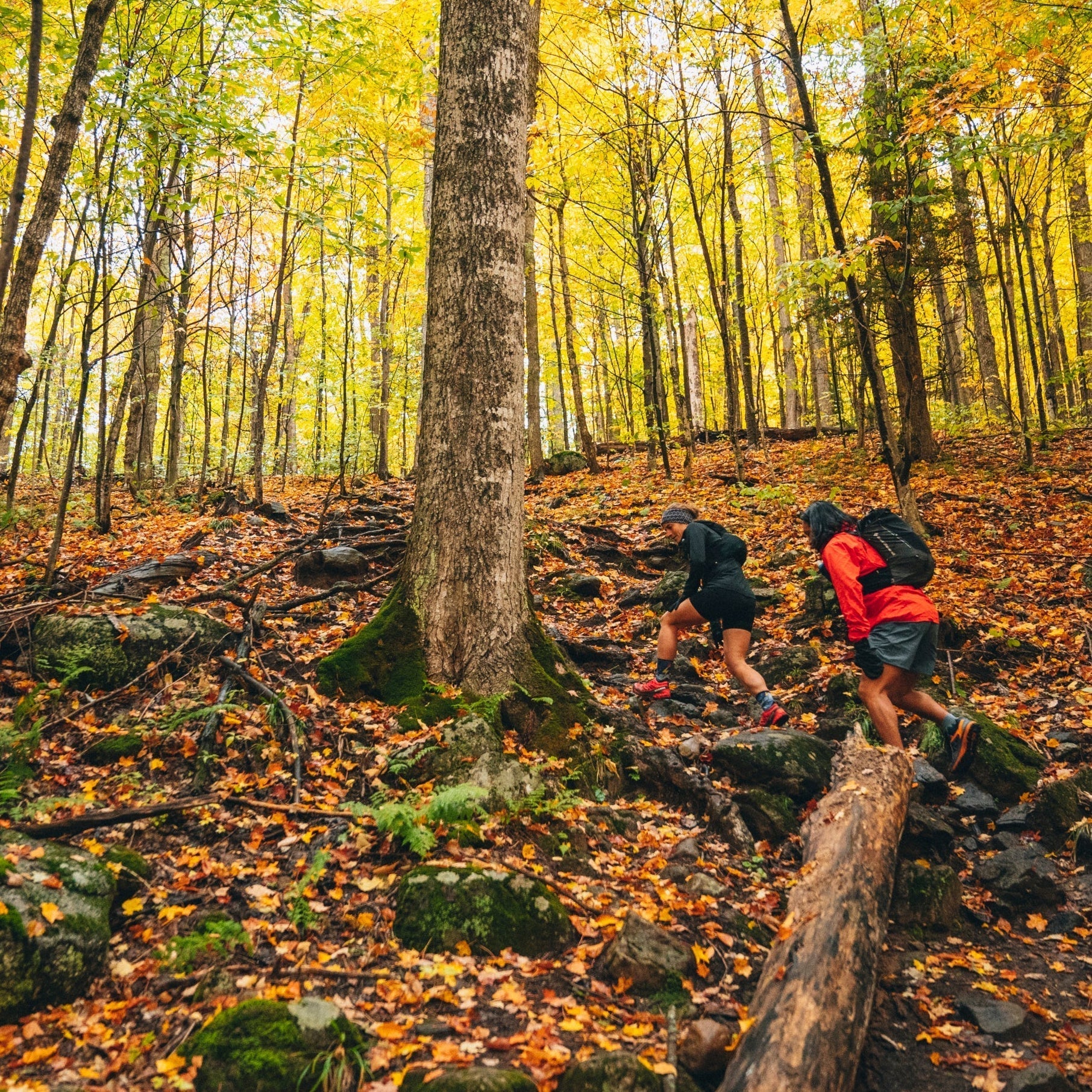
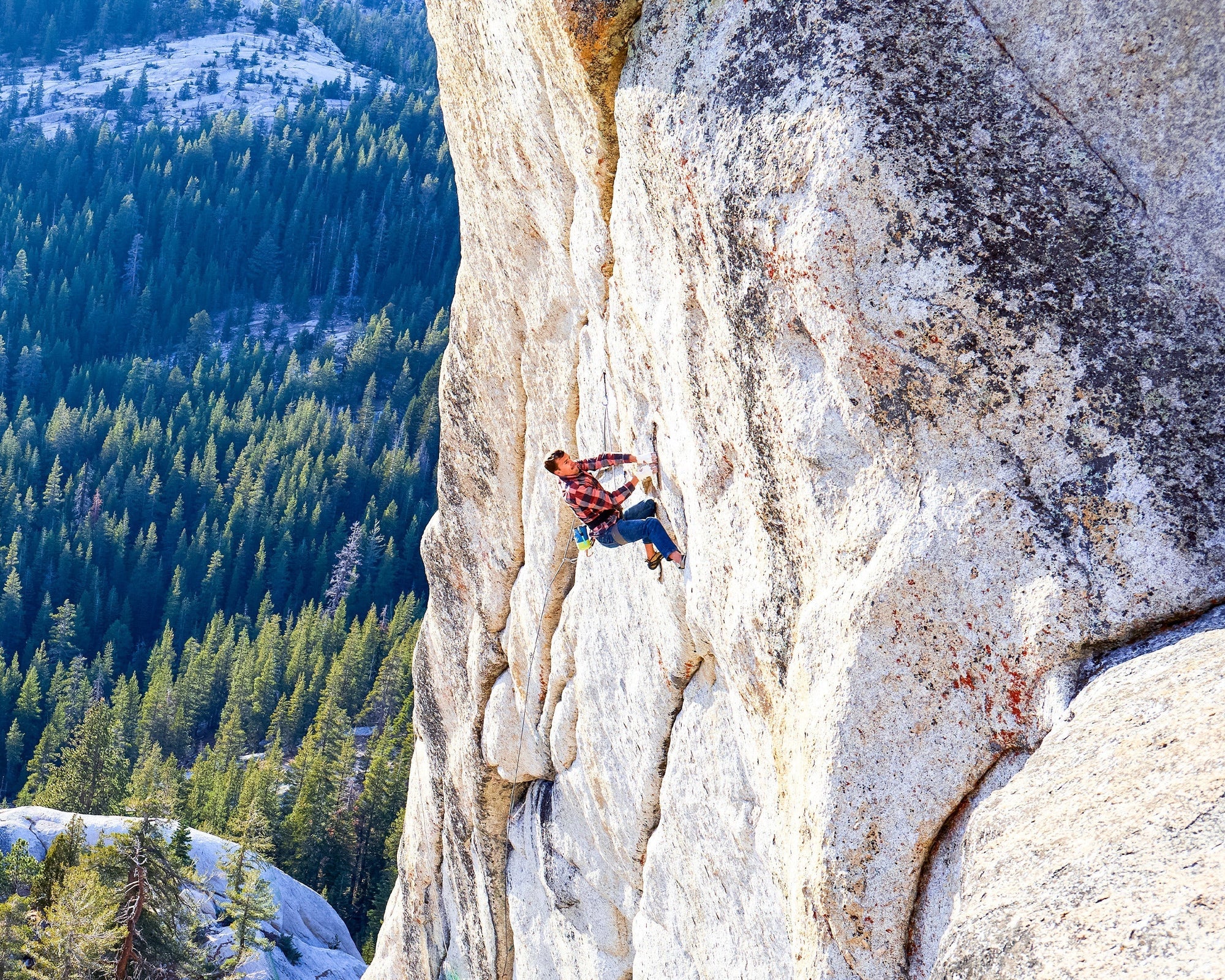
In 2012, filmmaker and photographer Ben Ditto, and professional climber Mason Earle equipped an immaculate...
In 2012, filmmaker and photographer Ben Ditto, and professional climber Mason Earle equipped an immaculate line in Tuolumne’s high country. But their attempts to free the route were thwarted when Mason’s life changed drastically. With the help of Connor Herson, Ditto and Mason found a way to keep the dream alive.
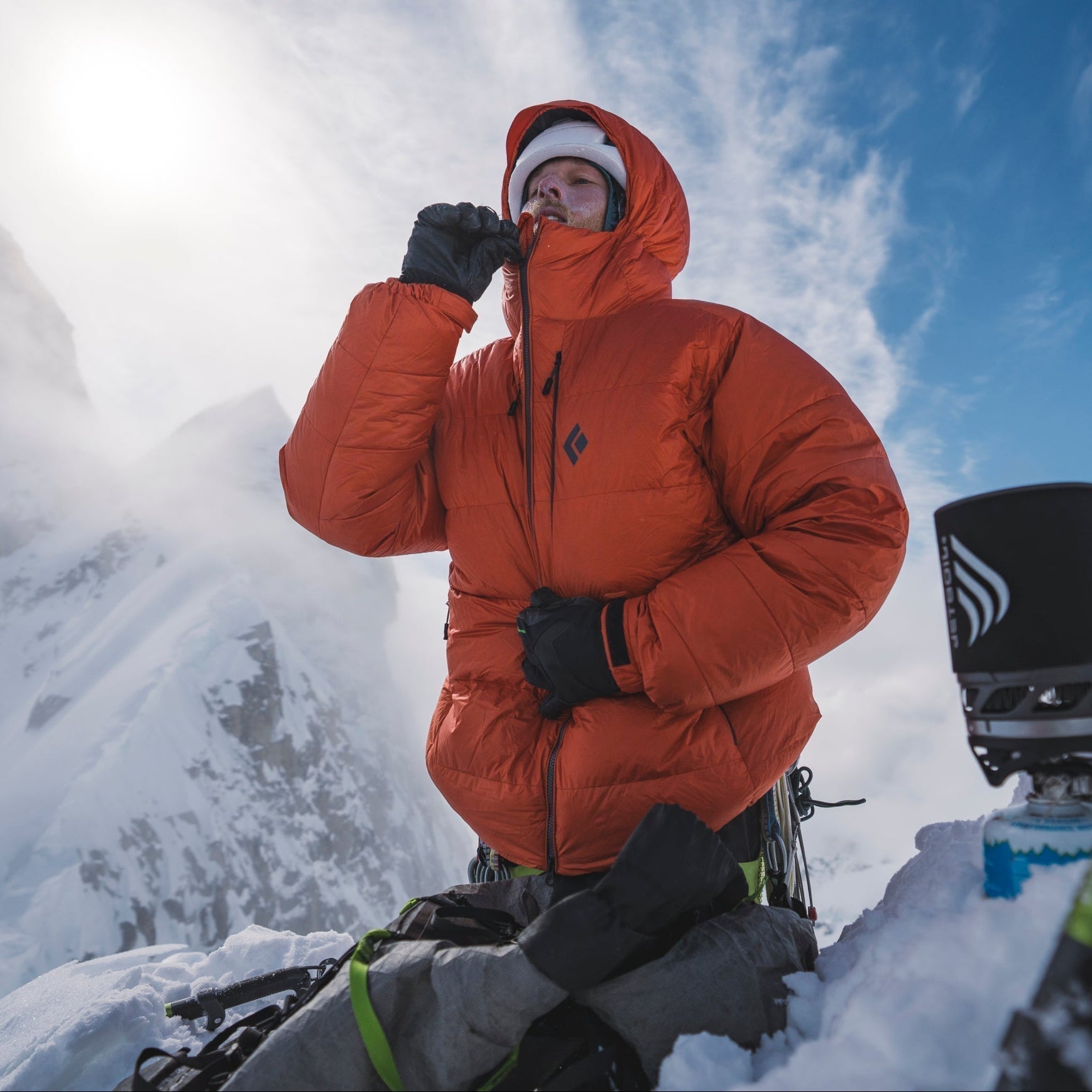
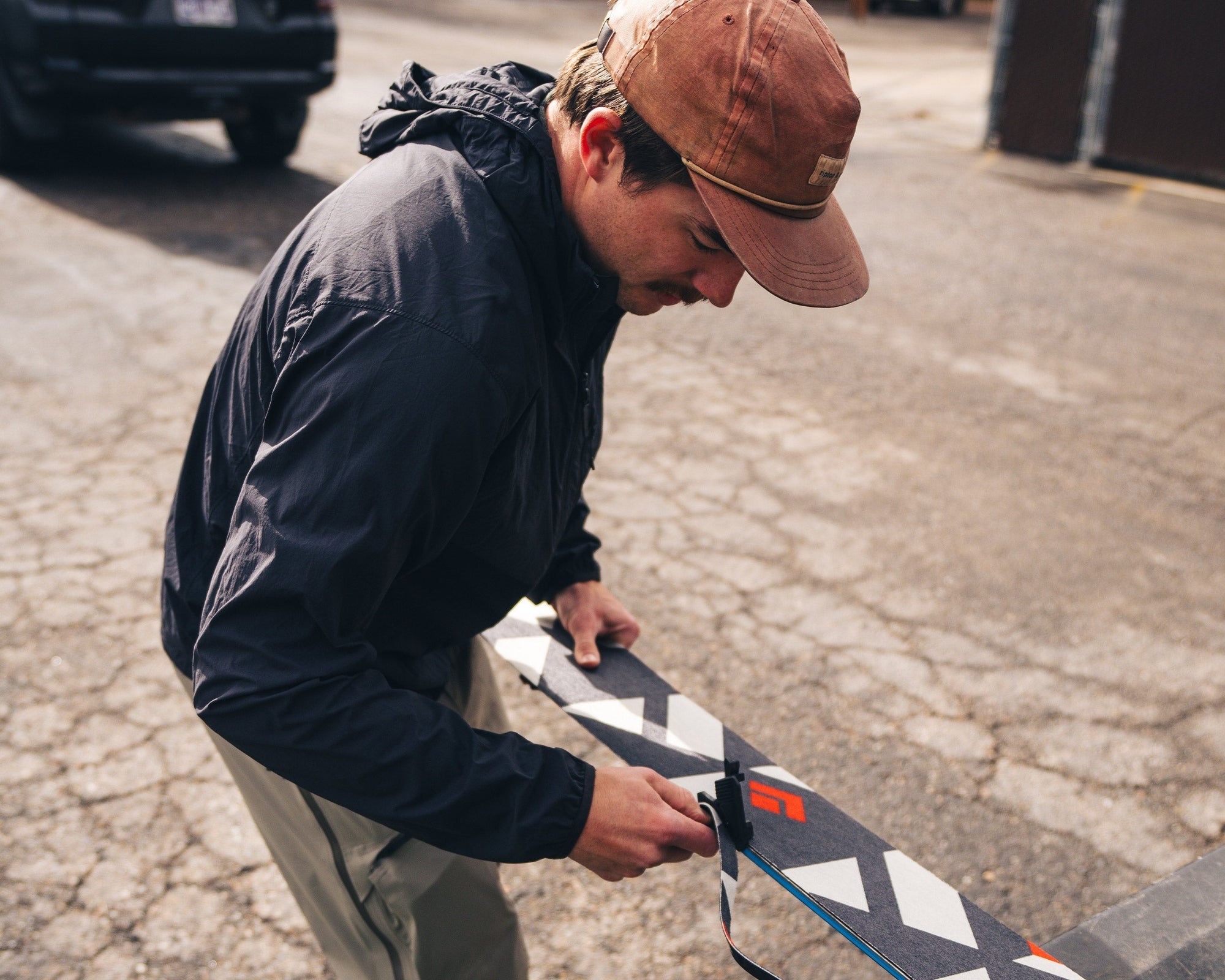
Watch and learn as our Field Test Coordinator runs you through a step by step...
Watch and learn as our Field Test Coordinator runs you through a step by step process of trimming and setting up any STS-style Black Diamond skin.


Every climber has a few lines they dream about. Whether inspired or haunted—or sometimes both—these...
Every climber has a few lines they dream about. Whether inspired or haunted—or sometimes both—these lines can push us beyond what we thought we were capable of, in turn teaching us who we really are. BD Ambassador Ethan Salvo recently restructured his entire life to focus on two climbs that pulled him into the void with only one way out … getting to the top. This is his story of sending Dreamcatcher and becoming the first Canadian to climb V16 in the same week.
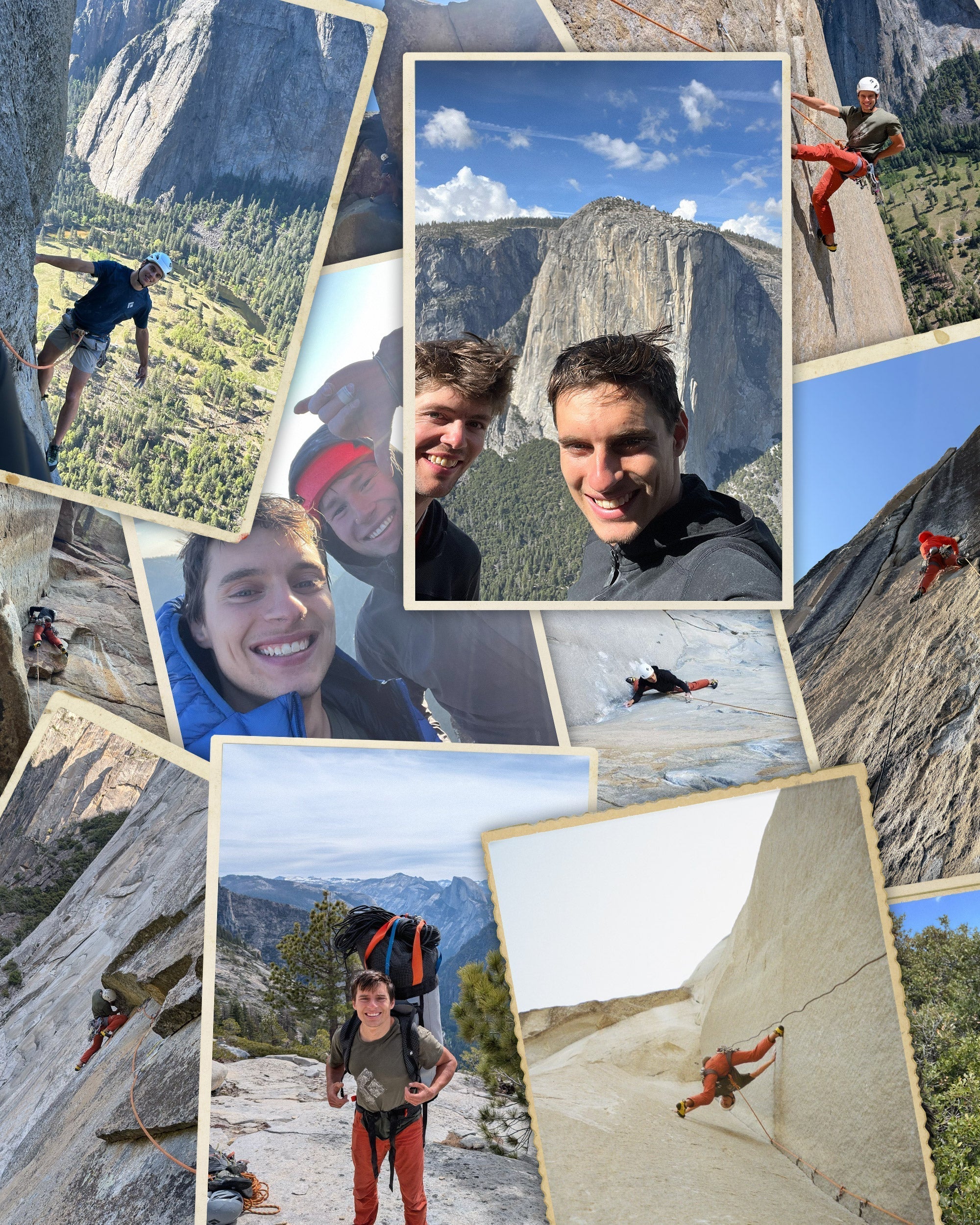
BD Athlete Connor Herson spent as many weekends as possible in the Valley this spring...
BD Athlete Connor Herson spent as many weekends as possible in the Valley this spring during a grueling quarter at Stanford. The objective? Ground up, in-a-day ascents.
